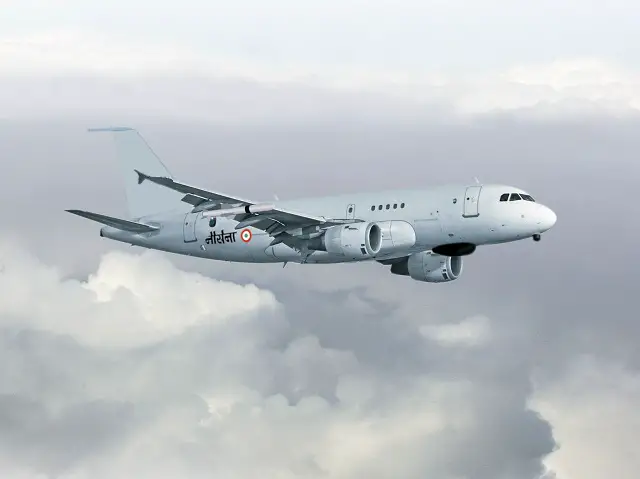SOURCE: RAUNAK KUNDE / NEWS BEAT / IDRW.ORG

The Indian Navy is embarking on a strategic collaboration with the Defence Research and Development Organisation (DRDO) to develop its own Medium Class Maritime Patrol Aircraft (MMPA), a significant step aimed at enhancing India’s maritime surveillance capabilities.
The Indian Navy’s existing fleet of 12 Boeing P-8I Neptune maritime patrol and reconnaissance aircraft has already proven its mettle in maritime surveillance and anti-submarine warfare operations. However, recognizing the importance of self-sufficiency and the need for a versatile and adaptable platform, the Indian Navy has chosen to pursue the development of its own Medium Class Maritime Patrol Aircraft.
Sources familiar with the matter have revealed idrw.org that the Centre for Air Borne Systems (CABS), a DRDO laboratory dedicated to airborne systems and technologies, will spearhead the development of the Medium Class Maritime Patrol Aircraft. This decision comes in light of the Ministry of Defence (MoD) turning down the Navy’s plan to acquire six additional Boeing P-8I Neptune aircraft. Instead, the focus will be on indigenous development, aligning with the broader “Make in India” initiative.
CABS is already working to meet the requirements of the Indian Coast Guard (ICG), with the development of a multi-mode maritime aircraft (MMMA) based on the Airbus C-295M platform. The Airbus C-295M MMMA will serve as a precursor to the more specialized Medium Class Maritime Patrol Aircraft (MMPA) designed to fulfil the Indian Navy’s maritime patrol and surveillance needs.
While specific details about the sensor suite and platform for the MMPA are yet to be disclosed, it is anticipated that a commercial platform, potentially from Airbus or Boeing, will be leveraged for the development. This approach not only reduces developmental lead times but also draws on proven technologies and expertise.
NOTE : Article cannot be reproduced without written permission of idrw.org in any form even for YouTube Videos to avoid Copy right strikes